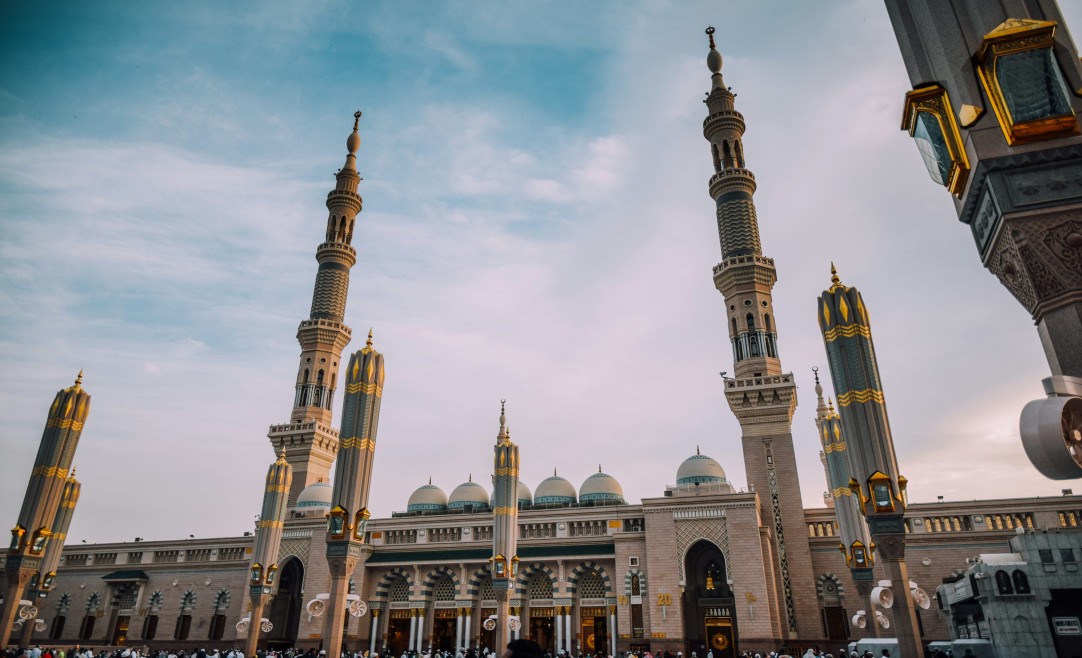The Journey Between Safa and Marwa: A Symbol of Faith and Devotion

Running between the hills of Safa and Marwa, known as Sa’i, is an essential ritual of both Umrah and Hajj pilgrimages, symbolizing faith, endurance, and unwavering trust in Allah. This sacred practice honors the actions of Bibi Hajra (AS) and reminds pilgrims of her resilience and devotion.
The Story of Sa’i: An Act of Motherly Love
The origin of Sa’i dates back to the story of Bibi Hajra (AS), the wife of Prophet Ibrahim (AS) and mother of Prophet Ismail (AS). After years of longing, Allah blessed Bibi Hajra and Prophet Ibrahim with their son, Ismail (AS). Allah later commanded Prophet Ibrahim to leave his wife and young son in the barren valley near Safa and Marwa. Prophet Ibrahim, submitting to Allah’s will, entrusted his family’s safety to Allah and departed.
As time passed, their water supply ran out, and Hazrat Ismail (AS), weakened by thirst, began to cry. Desperate to find water, Bibi Hajra (AS) climbed the hill of Safa, scanning the horizon, then ran to Marwa, searching tirelessly between these hills for water. She repeated this journey seven times, demonstrating her determination and faith. In response to her prayerful pleas, Allah sent Hazrat Jibraeel (AS), who struck the ground with his wing, and from this dry land, the blessed spring of Zamzam flowed, quenching their thirst.
This story of love, endurance, and faith is commemorated in the Sa’i, as Muslims perform seven laps between Safa and Marwa. This ritual will remain an essential part of the pilgrimage until the Day of Judgment.
The Spiritual Significance of Safa and Marwa
The Sa’i is not only a physical journey but also a spiritual one, symbolizing complete reliance on Allah. The story of Safa and Marwa reminds pilgrims of Bibi Hajra’s (AS) unwavering trust and dedication. Pilgrims are encouraged to remember this powerful story and approach Sa’i with the same devotion, reflecting on their own trust in Allah’s wisdom and provisions.
Performing Sa’i: Essential Steps and Guidelines
Duration and Distance
The distance between Safa and Marwa is approximately 1.96 miles (3.15 km), and it usually takes about 10 minutes to walk from one hill to the other. The pace can vary, allowing time for reflection and dua.
Recommended Duas During Sa’i
There are no mandatory prayers to recite during Sa’i, but pilgrims often recite duas to seek Allah’s mercy and blessings. Some widely recited duas include:
- رَبِّ اغْفِرْ وَارْحَمْ، تَجَاوَزْ عَمَّا تَعلَمْ، إِنَّكَ أَنْتَ الْأَعَزُّ الْأَكْرَمُ
“O my Lord, forgive, have mercy, and pardon that which You know. Truly You are the Most Mighty, the Most Noble.” - رَبَّنَا آتِنَا فِيْ الدُنْيَا حَسَنَةً وَّفِيْ الآخِرَةِ حَسَنَةً وَّقِنَا عَذَابَ النَار
“O our Lord, grant us the good of this world, the good of the Hereafter, and save us from the punishment of the fire.”
Steps of Sa’i
- Preparation: After Tawaf, proceed to the hill of Safa. Recite the verse, "إِنَّ الصَّفَا وَالْمَرْوَةَ مِن شَعَائِرِ اللَّهِ – Indeed, Safa and Marwa are from the Signs of Allah" (Surah Al-Baqarah, 2:158). Begin Sa’i by saying, "أَبْدَأُ بِمَا بَدَأَ اللهُ بِهِ – I begin with that which Allah has begun with."
- The Journey Between the Hills: Facing the Kaaba, make dua at Safa, then move towards Marwa. Men are advised to run at a moderate pace between the two sets of green lights to emulate Bibi Hajra's journey.
- Dua and Reflection: Pilgrims can recite any dua that comes to mind or use established duas throughout the Sa’i to maintain focus and devotion.
- Completion: After the seventh lap, pilgrims end the Sa’i ritual at Marwa. At this point, the ritual of Sa’i is complete, marking the end of one of the most spiritually significant elements of Umrah.
Conclusion: Embracing the Legacy of Sa’i
The Sa’i ritual reminds Muslims to embrace patience, trust in Allah, and endure through life's challenges with a strong heart. As you prepare for your pilgrimage, remember Bibi Hajra’s (AS) story and perform Sa’i with the same spirit of hope, faith, and gratitude for Allah’s blessings.
At Umrah Insights, we strive to make each pilgrim's journey meaningful and unforgettable. May these guidelines assist you in your spiritual journey and inspire reflection and faith.
